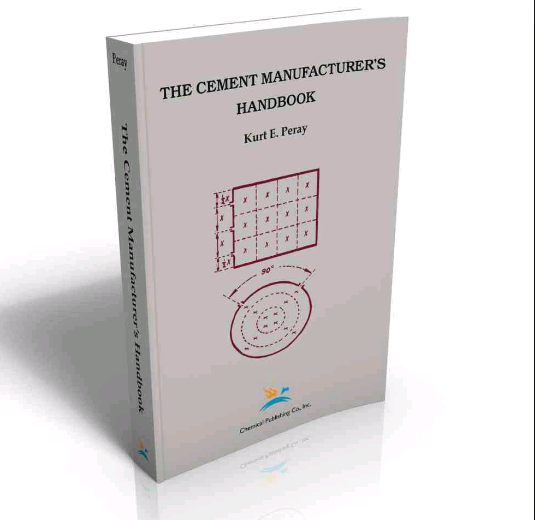The 25th Most Important Book in Cement technology , covering everything process , chemistry , maintenance , conveyors , welding , fans , …. etc
UPDATE : CEMENT BOOKS AND MANUALS AND EXCEL SHEETS FOR 2020&2021 ARE NOW ADDED TO THE PACKAGE (16/03/2023)
Kindly note you pay one time only for the book package then we send to you updates forever for free , as an example last book we sent to all buyers was refractories for cement industry which cost 97 EUR so buying the book package consider lifetime investment
kindly note , the below is just sample of what you will receive when you purchase , but you will receive more manuals and more excel sheets and more notes more than the below and you will receive more updated editions of the books , like Leas Chemistry you will get 2019 edition
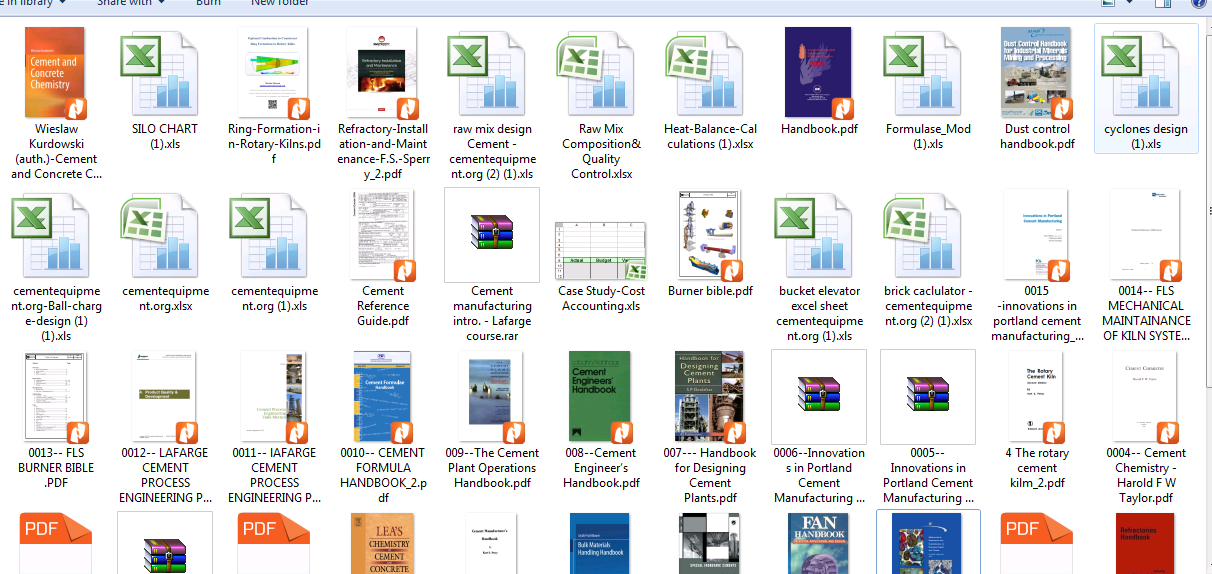
buy now All the package one time payment
kindly note , the below is just sample of what you will receive when you purchase , but you will receive more manuals and more excel sheets and more notes more than the below and you will receive more updated editions of the books , like Leas Chemistry you will get 2019 edition
![]()
![]()
1-Cement Manufacturer’s Handbook Book by Kurt E. Peray
This unique handbook contains the most essential engineering formulas used in the cement manufacturing process. All formulas are presented in both English and metric systems of units. Examples are given to familiarize the reader with the usefulness of these formulas. The book can be used as a text manual for courses in cement technology, and as a reference for solving operating problems. The book is equally valuable for the manager supervisor, chemist, and operator as it is to the cement plant engineer. CONTENTS: Cement Chemistry and Quality Control; Kiln Feed Mix Calculations; Chemical and Physical Properties of Materials; Technical Investigations of Kiln Performance; Heat Balance; Sulfur and Alkali Balance in Rotary Kilns; Chain Systems Designs; Cooler Air Balance Technical Investigation of Grinding Circuits; Ball Charges; Grinding Aid Solutions; Useful Formulas in Stearn Engineering Electrical Engineering; Fan Engineering; Fluid Flow; Physical Chemistry; Heat Transfer and Dust Collection; Fundamental Formulas in Algebra; Trigonometry; Statistics; Finances; Safety and Geometry; Conversion Factors for all Units.
buy now All the package one time payment
2-The Rotary Cement Kiln
If you want to learn the basic principles of operation of a cement kiln, this is the book you should read. It is an excellent base for the training of the kiln operators, supervisors and production or process managers. It emphasizes what he calls the 27 kiln basic conditions. It includes a test to assess your learning of the book.
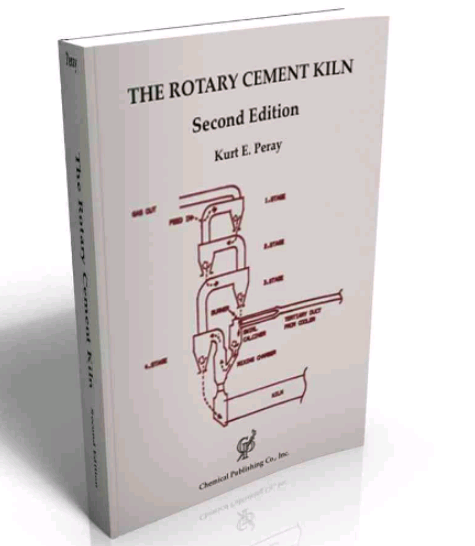
buy now All the package one time payment
3-Duda Cement Data Book
Rather than a book it is a small encyclopaedia consisting of 3 volumes, covering much of the equipment and processes in the cement industry.
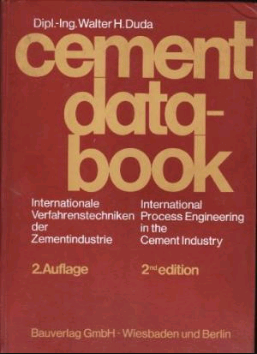
buy now All the package one time payment
4- Lea’s Chemistry of Cement and Concrete, 1988 Fourth Edition
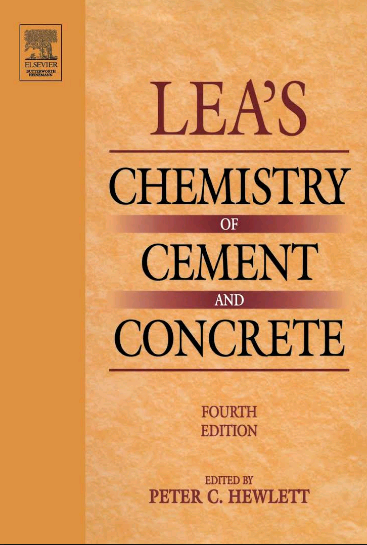
,Edited by Peter C. Hewlett. – First published in 1935, it has kept unchanged its main objective to introduce the physical and chemical properties of the different types of cement and concrete. It has been used by generations of Quality Control and Laboratory specialists.
buy now All the package one time payment
5-Innovations in Portland Cement Manufacturing
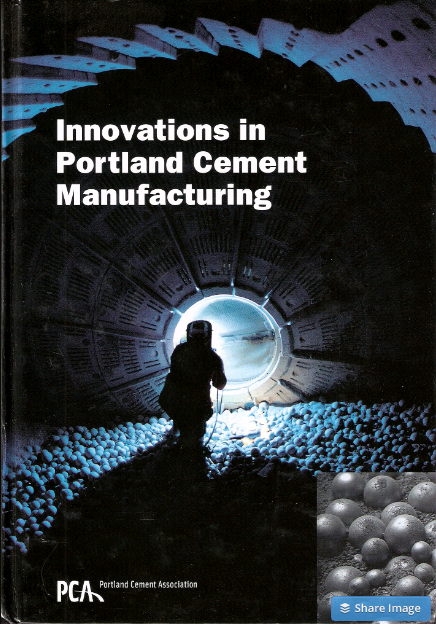
by PCA (Portland Cement Association). The most comprehensive compilation that I know about the main innovations and trends in the cement industry. In this book, experts from around the world tell us each topic. Highly recommended for all the cement professionals.
buy now All the package one time payment
6-Refractories Handbook
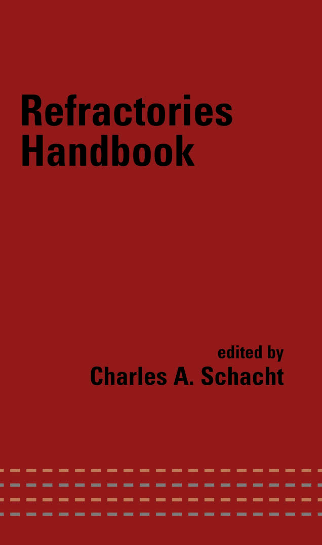
his comprehensive reference details the technical, chemical, and mechanical aspects of high-temperature refractory composite materials for step-by-step guidance on the selection of the most appropriate system for specific manufacturing processes. The book surveys a wide range of lining system geometries and material combinations and covers a broad range of tests for the determination of the thermal, mechanical, strength, and resistance properties of refractories. With contributions from international specialists with widespread experience in the field, Refractories Handbook provides examples of refractory lining systems utilized in a range of industries, including glass, cement, and steel.
buy now All the package one time payment
7-Rotary Kilns: Transport Phenomena and Transport Processes ( 2nd edition )
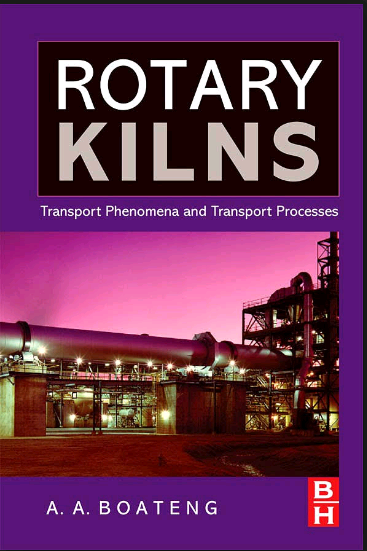
Rotary Kilns—rotating industrial drying ovens—are used for a wide variety of applications including processing raw minerals and feedstocks as well as heat-treating hazardous wastes. They are particularly critical in the manufacture of Portland cement. Their design and operation is critical to their efficient usage, which if done incorrectly can result in improperly treated materials and excessive, high fuel costs. This professional reference book will be the first comprehensive book in many years that treats all engineering aspects of rotary kilns, including a thorough grounding in the thermal and fluid principles involved in their operation, as well as how to properly design an engineering process that uses rotary kilns.
Chapter 1: The Rotary Kiln Evolution & Phenomenon
Chapter 2: Basic Description of Rotary Kiln Operation
Chapter 3: Freeboard Aerodynamic Phenomena
Chapter 4: Granular Flows in Rotary Kilns
Chapter 5: Mixing & Segregation
Chapter 6: Combustion and Flame
Chapter 7: Freeboard Heat Transfer
Chapter 8: Heat Transfer Processes in the Rotary Kiln Bed
Chapter 9: Mass & Energy Balance
Chapter 10: Rotary Kiln Minerals Process Applications
·Covers fluid flow, granular flow, mixing and segregation, and aerodynamics during turbulent mixing and recirculation
·Offers hard-to-find guidance on fuels used for rotary kilns, including fuel options such as natural gas versus coal-fired rotary kilns
·Explains principles of combustion and flame control, heat transfer and heating and material balances
buy now All the package one time payment
8- Cement and Concrete Chemistry Authors: Kurdowski, Wieslaw (2014 )
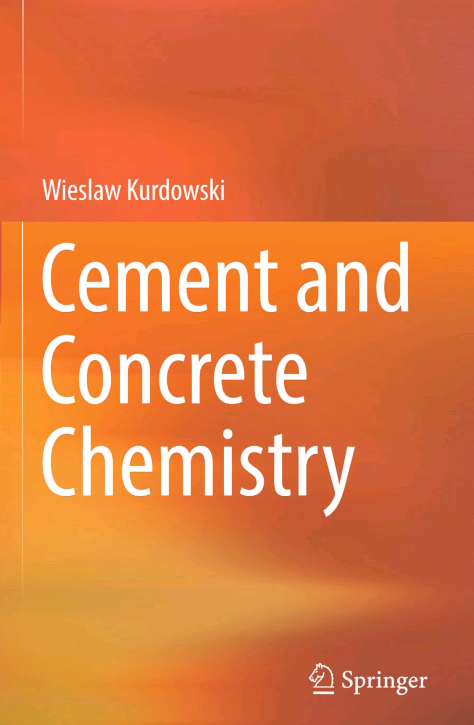
This monograph describes cement clinker formation. It covers multicomponent systems, clinker phase structures and their reactions with water, hydrate composition and structure, as well as their physical properties. The mineral additions to cement are described as are their influence on cement-paste properties. Special cements are also discussed. The microstructure of concrete is then presented, and special emphasis is given to the role of the interfacial transition zone, and the corrosion processes in the light of cement-phase composition, mineral additions and w/c ratio. The admixtures’ role in modern concrete technology is described with an emphasis on superplasticizer chemistry and its cement-paste rheological modification mechanism. Cement with atypical properties, such as calcium aluminate, white, low energy and expansive cements are characterized. The last part of the book is devoted to special types of concrete such as self compacting and to reactive powders.
buy now All the package one time payment
9-The Cement Plant Operations Handbook
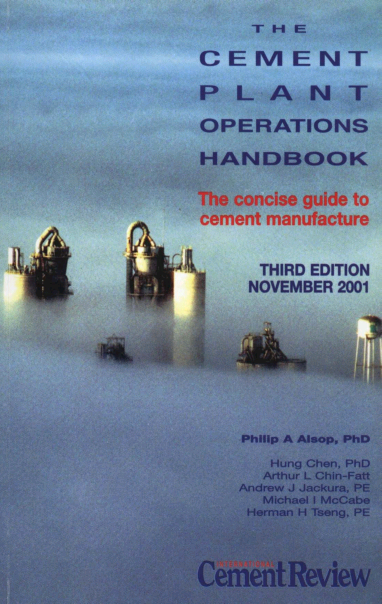
by Philip A Alsop. – One of the most complete books that can be found about Dry Process Cement Plant, covering the main aspects of it, from grinding to packaging. It shares relevant data of the equipment and its operation criteria. It has been widely distributed by the International Cement Review magazine.
buy now All the package one time payment
10 – Cement Engineer’s Handbook .
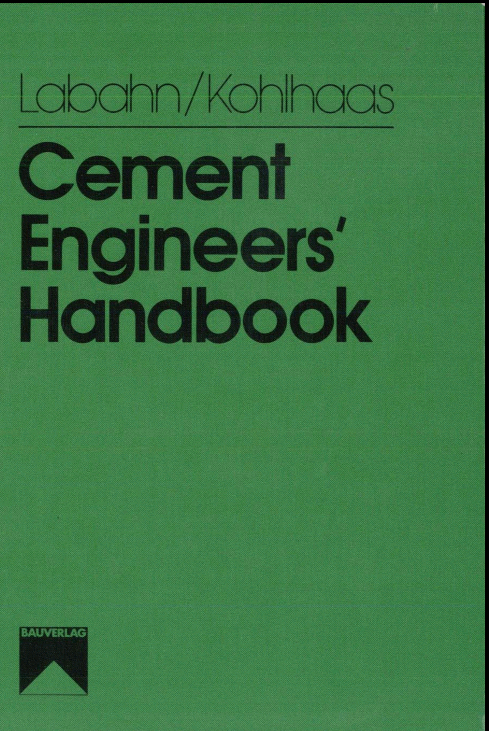
This book has a very well gained reputation and frequently is known just as “Labahn”. Is a very thorough handbook covering all the cement plant areas from quarry to packing plant, it explains subjects that sometimes are overlooked for example: silos, maintenance, lubrication, automation, storage, handling and feeding systems.
buy now All the package one time payment
11- Handbook for Designing Cement Plants
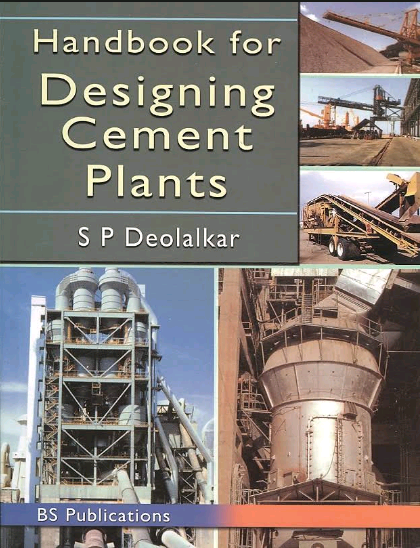
The book explains theoretical aspects of various processes in making cement at various stages as also steps in sizing of major machinery and auxiliaries. All in all it is a very comprehensive and practical handbook.
The contents of the book are divided in eight sections covering all aspects of designing cement plants from scratch to guide step by step through various stages involved in setting up a cement plant:
1. Basics
2. Machinery used in making cement
3. Techno-economic feasibility studies
4. Civil design and construction
5. Electricals and instrumentation
6. Layouts and detailed engineering
7. Selecting and ordering machinery
8. Reference section
It will be of great use to Cement Plant Consultants, Cement Technologists, and Cement Machinery Manufactures and most certainly to Entrepreneurs and Cement Plant Personnel, Staff of Design and Drawing Offices who have the responsibility to develop layouts would find in it a very handy guide.
buy now All the package one time payment
12-Bulk Materials Handling Handbook Book by Jacob Fruchtbaum
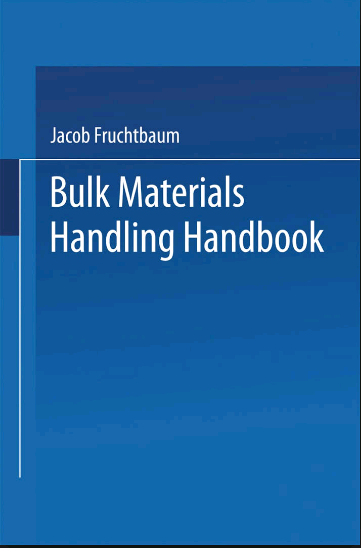
he handling of bulk materials is a continuously completed projects. Much of the nomenclature has been changing science. Since very few schools teach the han brought up to date. dling of bulk materials, it is necessary for practicing en Publication of the material contained herein is not in gineers to develop their own training manuals. This book tended as a representation or warranty on the part of the is an abbreviated version of a manual used for that pur author, publisher, editors, or any other person or firm pose in our office, and developed over a period of more named herein that it is suitable for any particular use, or than 50 years. While some industrial firms follow their free from infringement of any patent or patents. own practices, the trend in the past few years has been The text is intended as a guide. When used for any to adopt the standards of equipment manufacturers’ as specific project, a competent professional engineer sociations and similar organizations. The selection of should be retained to verify the assumptions, applica material and the use of drawiugs instead of photographs bility, calculations, and accuracy of the particular de is based on our experience
buy now All the package one time payment
13-Fan Handbook: Selection, Application, and Design Book by Frank P. Bleier
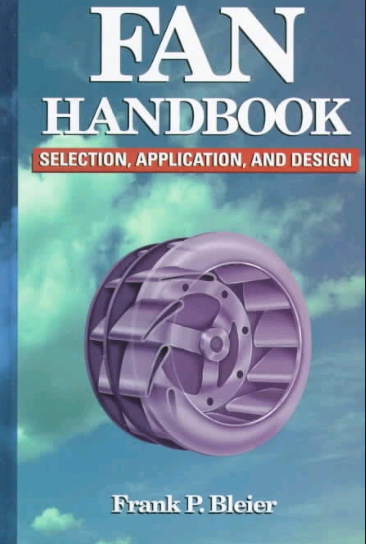
he First Comprehensive Guide To All Aspects of Modern Fan Technology Improve your engineering and technical skills with this comprehensive reference on the deisign, selection, maintenance, and repair of fans used in a wide range of applications and industries. You’ll find complete coverage of airfoils. . .axial flow fans. . .centrifugal fans. . .mixed-flow fans. . .roof ventilators. . .cross-flow blowers. . .regenerative blowers. . .and much more. With hundreds of graphs, equation, drawings, charts, and tables, this practical handbook explains fan technology and the basics of fluid mechanics–and provide all the information you need on: Codes, Standards, and specifications relating to the design or selection of specialized fans; Testing of fans according to AMCA; Physical laws affecting the performance of fans; Ventilation requirements for fan technology; Helpful symbols and conversions factors. Whether you’re a mechanical engineer, designer, or technician, the Fan Handbook will give you the expertise to choose the right fan for any system, install it for maximum efficiency, and keep it running in peak condition.
buy now All the package one time payment
14- Designing Green Cement Plants
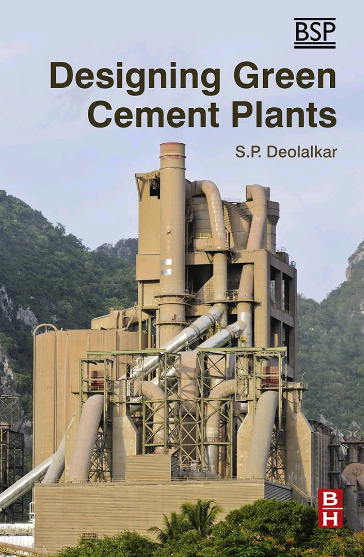
Cement production is known to be a polluting and energy-intensive industry. Cement plants account for 5 percent of global emissions of carbon dioxide and one of the main causes of global warming. However, cement it is literally the glue of progress. Designing Green Cement Plants provides the tools and techniques for designing new large cement plants that would promote sustainable growth, preserve natural resources to the maximum possible extent and make least possible additions to the Greenhouse Gases that cause global warming.
Brief and but authoritative, this title embraces new technologies and methods such as Carbon Capture and Sequestration, as well as methods for harnessing renewable energy sources such as wind and solar. The author also discusses the efficient use of energy and materials through the use recycling. In addition, this book also examines thepossibilities of developing green cement substitutes such as Calera, Caliix, Novacem, Aether and Geopolymer cements.
- Includes the tools and methods for reducing the emissions of greenhouse Gases
- Explores technologies such as: carbon capture and storage and substitute cements
- Provides essential data to determining the unique factors involved in designing large new green cement plants
- Includes interactive excel spreadsheets
- Methods for preforming a cost benefits analysis for the production of green cements as opposed to conventional OPC
buy now All the package one time payment
15-Cement Chemistry 2nd Edition by H F W Taylor
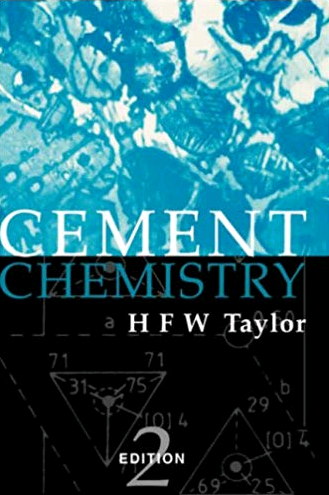
H F W Taylor was for many years Professor of Inorganic Chemistry at he University of Aberdeen, Scotland. Since 1948, his main research interest has been the chemistry of cement. His early work laid the foundations of our understanding of the structure at the nanometre level of C-S-H, the principal product formed when cement is mixed with water, and the one mainly reponsible for its hardening. Subsequent studies took him into many additional aspects of the chemistry and materials science of cement and concrete. His work has been recognized by Fellowships and by other honours and awards.
buy now All the package one time payment
16-Special Inorganic Cements Front Cover Ivan Odler CRC Press, Sep 2, 2003
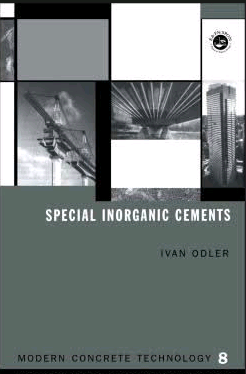
The only book to cover the use of special inorganic cements instead of standard Portland cement in certain specialist applications, such as oil well drilling or in a high temperature location. Special Inorganic Cements draws together information which is widely scattered in the technical literature. It describes various special cements, their chemistry and mineralogy along with the appropriate manufacturing processes, their hydration and hydration properties, and their applications.
buy now All the package one time payment
17- Microscopical Examination and Interpretation of Portland Cement and Clinker Book by Donald H. Campbel
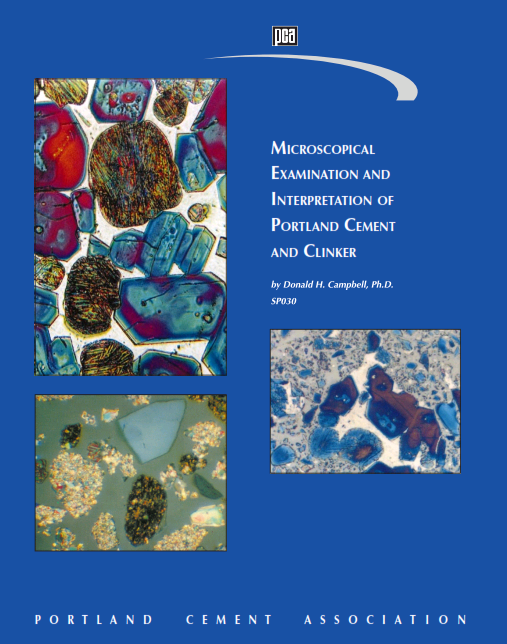
buy now All the package one time payment
18- Welding Handbook: Welding Processes, Vol. 2 (American Welding Society/Welding Handbook) 8th Edition
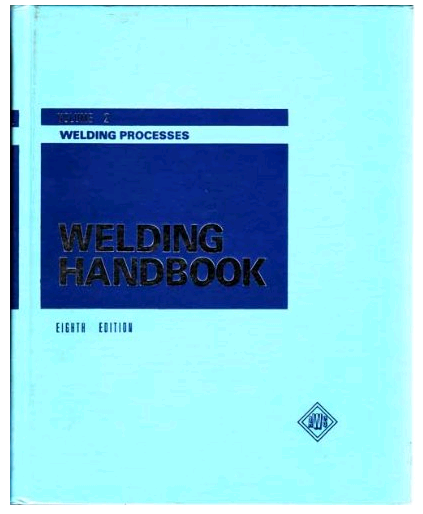
Leonard P. Connor, R. L. O’Brien, American Welding Society
This are the must-have reference for engineers, structural designers, technologists, inspectors, welders, welding educators and others who need to understand this dynamic and evolving industry. Put all the facts at your fingertips and be on the cutting edge with new and updated information. Here are five good reasons to add these valuable edition to your library. The book represent:
- The largest body of knowledge on the science and technology of welding available.
- Practical, hands-on information that can be put to immediate use.
- Unparalleled authority—chapters are written by leading scientists, engineers, educators, and other technical and scientific experts. Every chapter is peer-reviewed.
- The most valuable resource on welding on the market today, covering the entire spectrum of welding science and technology, including welding processes, and materials and applications.
buy now All the package one time payment
19-Mathematics and Control Engineering of Grinding Technology: Ball Mill Grinding (Mathematics and its Applications)
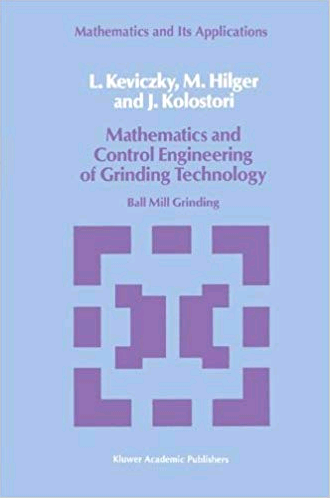
buy now All the package one time payment
20-Energy Efficiency in the Cement Industry by J. Sirchis
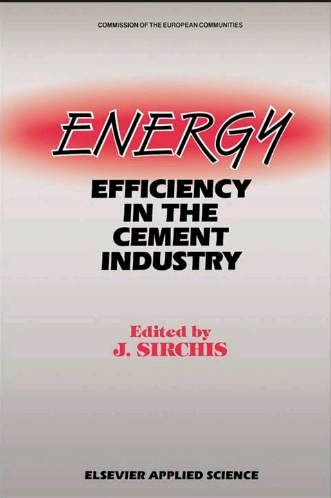
Proceedings of a seminar organized by the CEC, Directorate-General for Energy and CIMPOR Cimentos de Portugal E.P. with the co-operation of Cembureau European Cement Association, held in Oporto, Portugal
buy now All the package one time payment
21-Structure and Performance of Cements, 2nd Edition P. Barnes, J. Bensted
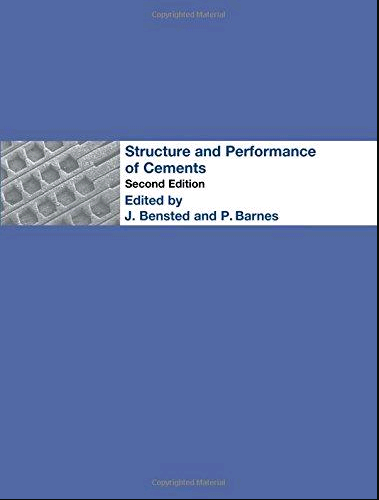
Drawing together a multinational team of authors, this second edition of Structure and Performance of Cements highlights the latest global advances in the field of cement technology.
Three broad categories are covered: basic materials and methods, cement extenders, and techniques of examination. Within these categories consideration has been given to environmental issues such as the use of waste materials in cement-burning as supplementary fuels and new and improved methods of instrumentation for examining structural aspects and performance of cements.
This book also covers cement production, mineralogy and hydration, as well as the mechanical properties of cement, and the corrosion and durability of cementitious systems. Special cements are included, along with calcium aluminate and blended cements together with a consideration of the role of gypsum in cements.
Structure and Performance of Cements is an invaluable key reference for academics, researchers and practitioners alike.
buy now All the package one time payment
22-Portland Cement – Its Composition, Raw Materials, Manufacture, Testing and Analysis
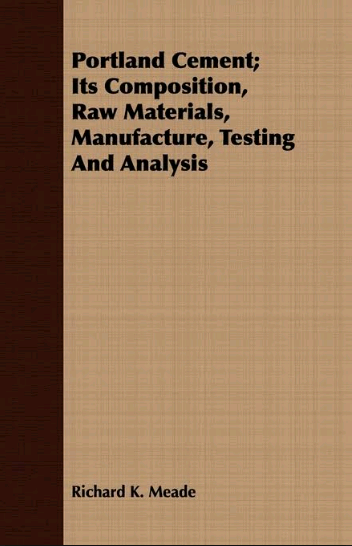
Many of the earliest books, particularly those dating back to the 1900s and before, are now extremely scarce and increasingly expensive. We are republishing these classic works in affordable, high quality, modern editions, using the original text and artwork.
buy now All the package one time payment
23-Portland Cement, 3rd edition: Composition, Production and Properties (Structures and Buildings)
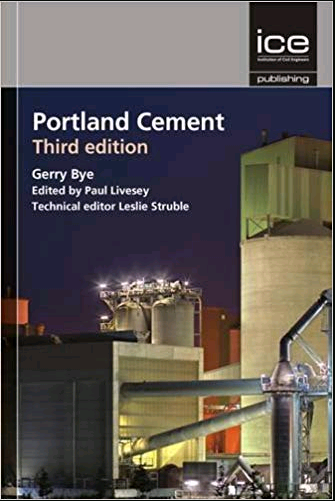
Portland cement is one of the most traditional of construction materials. Rising costs of the energy required for its manufacture and the increasing interest in understanding the mechanisms of concrete deterioration, as well as the importance of optimising the use of Portland cement in high quality concrete, have continued to sustain interest in this important material. The book provides an up-to-date introduction to the raw materials and manufacturing processes of Portland cement. It gives an introductory account of cement composition, manufacture, quality assessment, hydration and the resulting microstructure-physical property relationships, and some mechanisms of the chemical degradation of hardened cement paste.
The third edition of Portland Cement is fully revised and updated to include the latest British and European Standards for cement and associated test methods as well as recent advances in cement chemistry. It also reflects the emergence of nanoscience applications in cement science and the increased awareness of issues of sustainability.
Contents:
1. Introduction and composition of Portland cement
2. Raw materials
3. Production of cement clinker
4. Characterisation of Portland cement clinker
5. Grinding fineness of cement
6. Tests of cement quality
7. The hydration of Portland cement
8. The nature of hardened cement paste
9. Portland cements and related blended cements
10. Admixtures and special cements
Portland Cement is a valuable book both for students of materials science and for graduates in pure science or engineering entering the cement or concrete industries.
buy now All the package one time payment
24-Cement production technology : principles and practice Chatterjee, Anjan Kumar Year: 2018
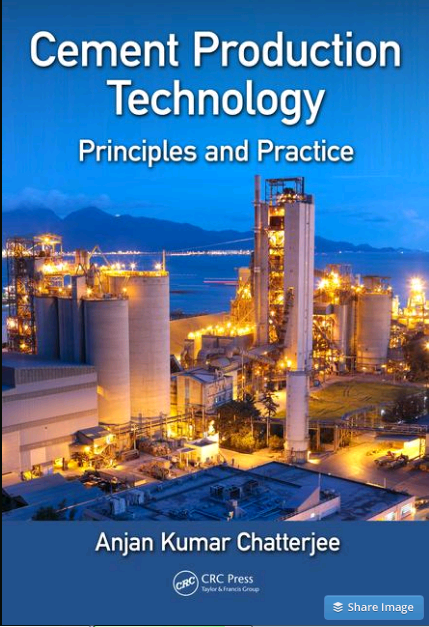
This multidisciplinary title on cement production technology covers the entire process spectrum of cement production, starting from extraction and winning of natural raw materials to the finished products including the environmental impacts and research trends.
